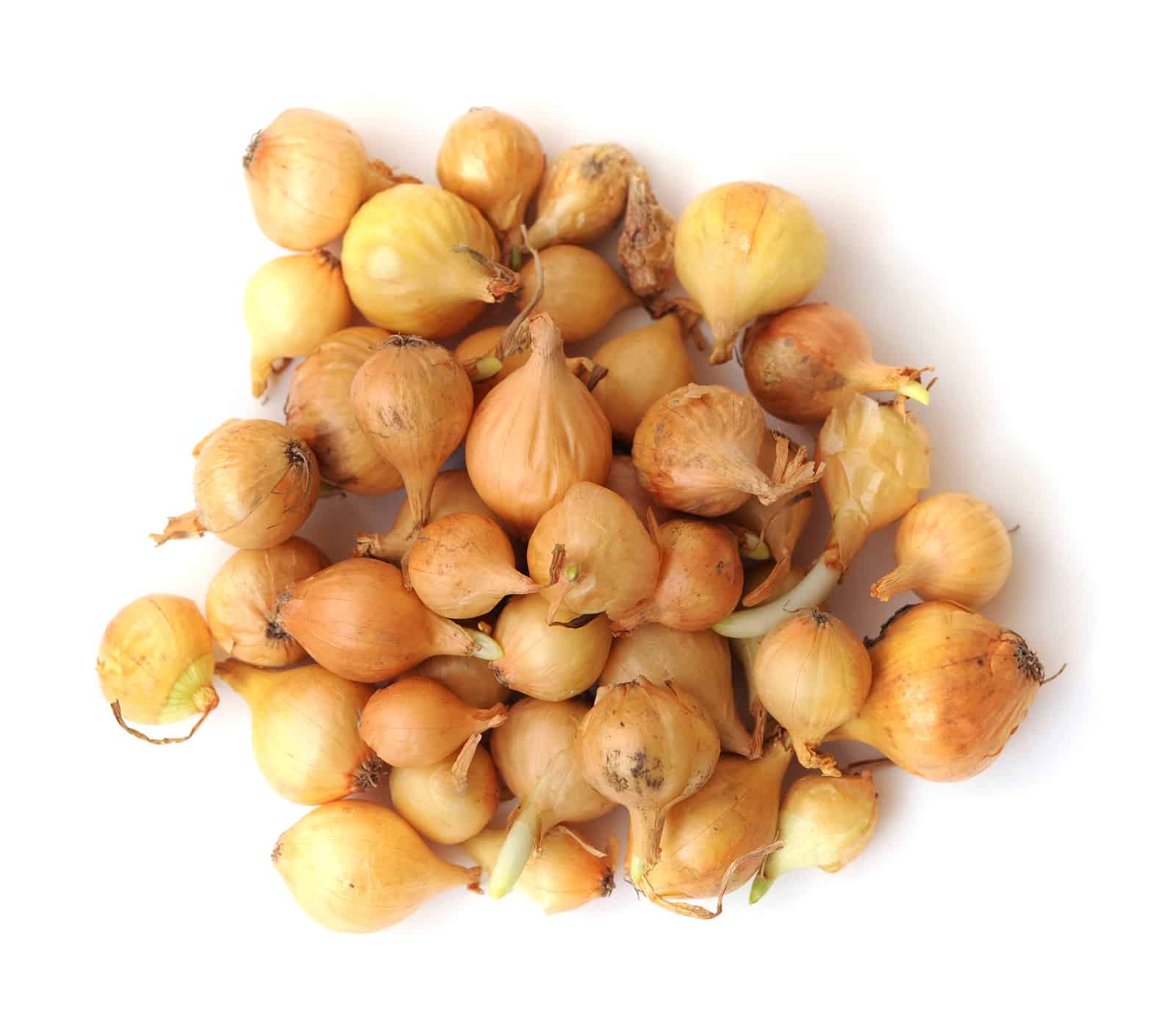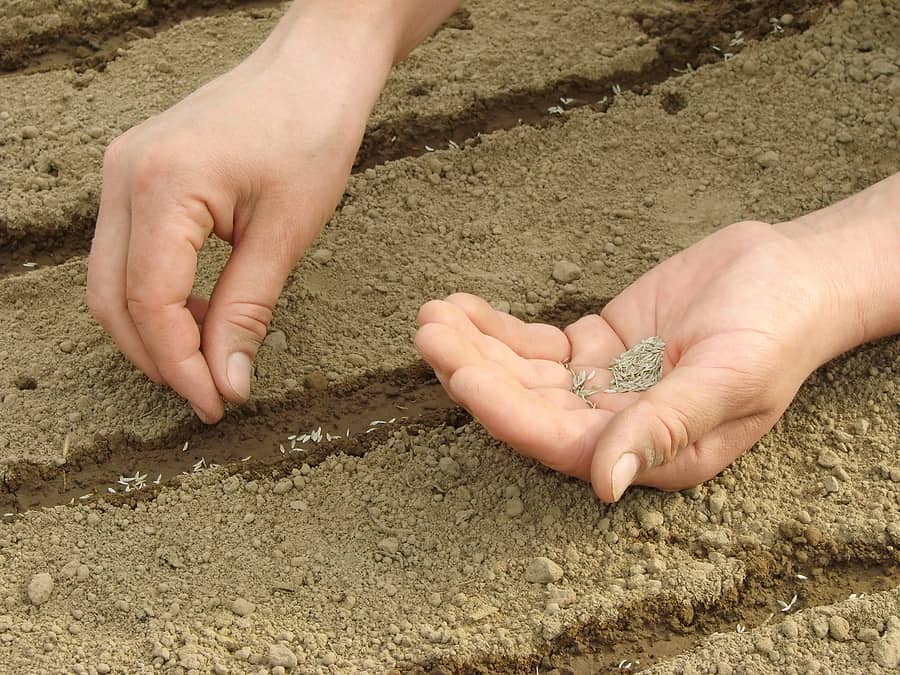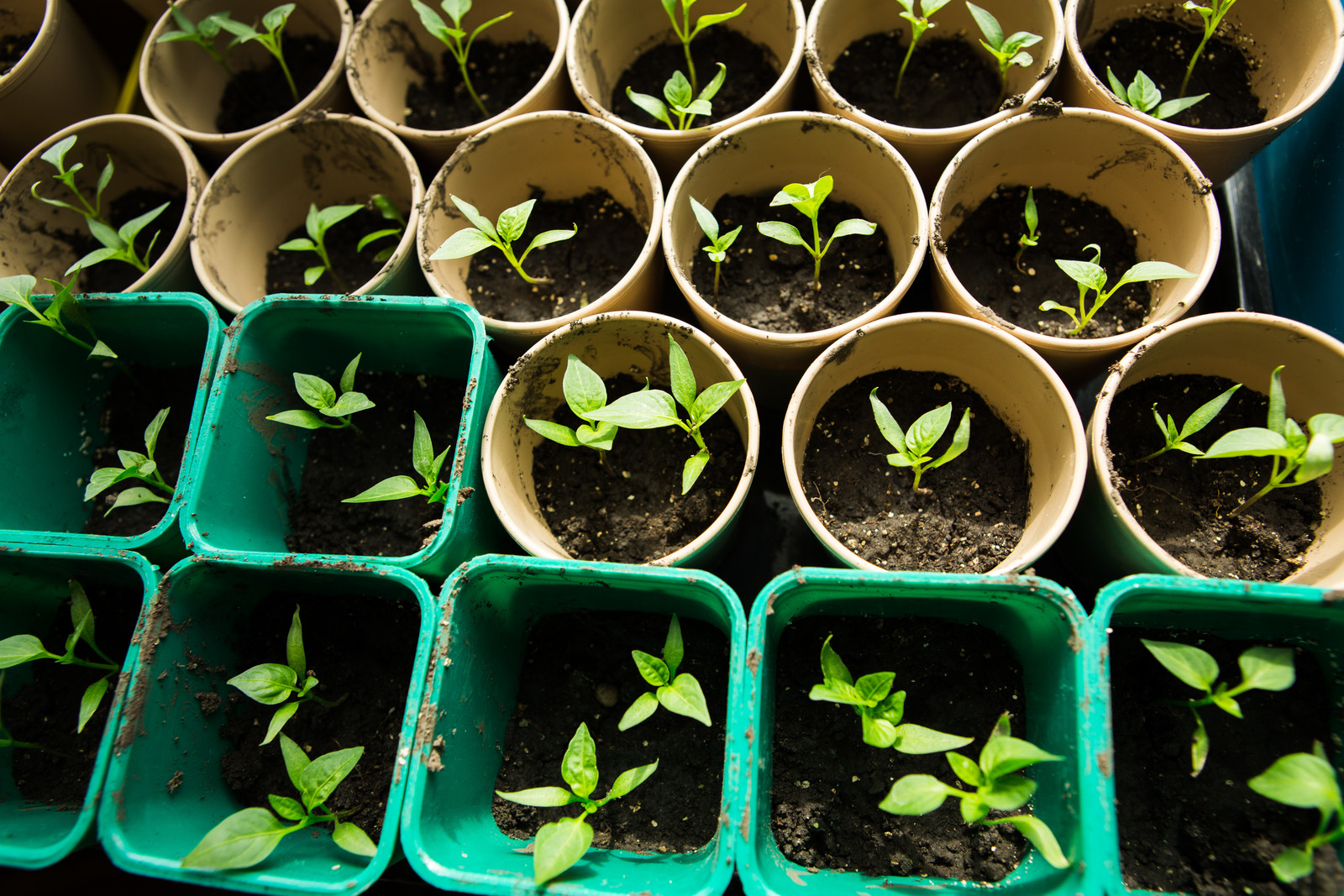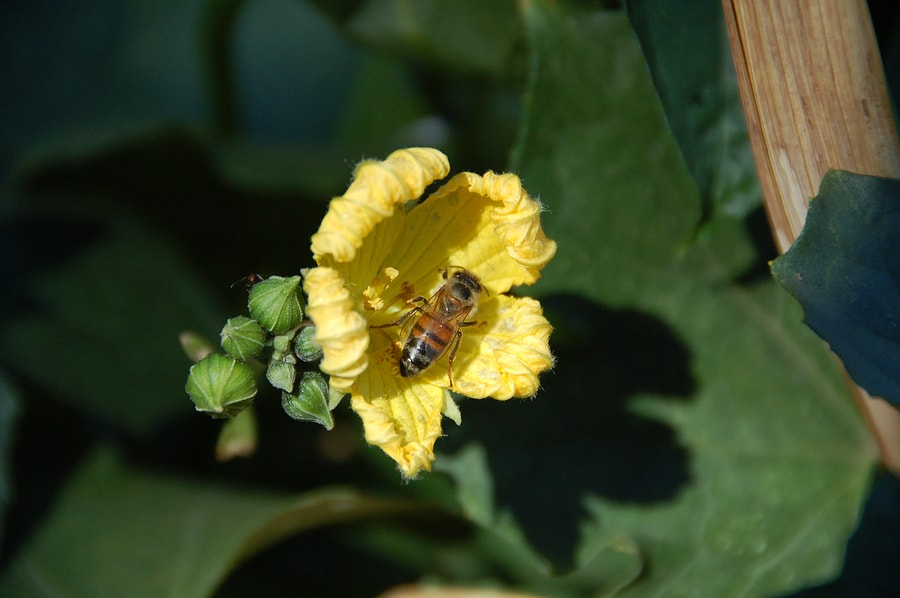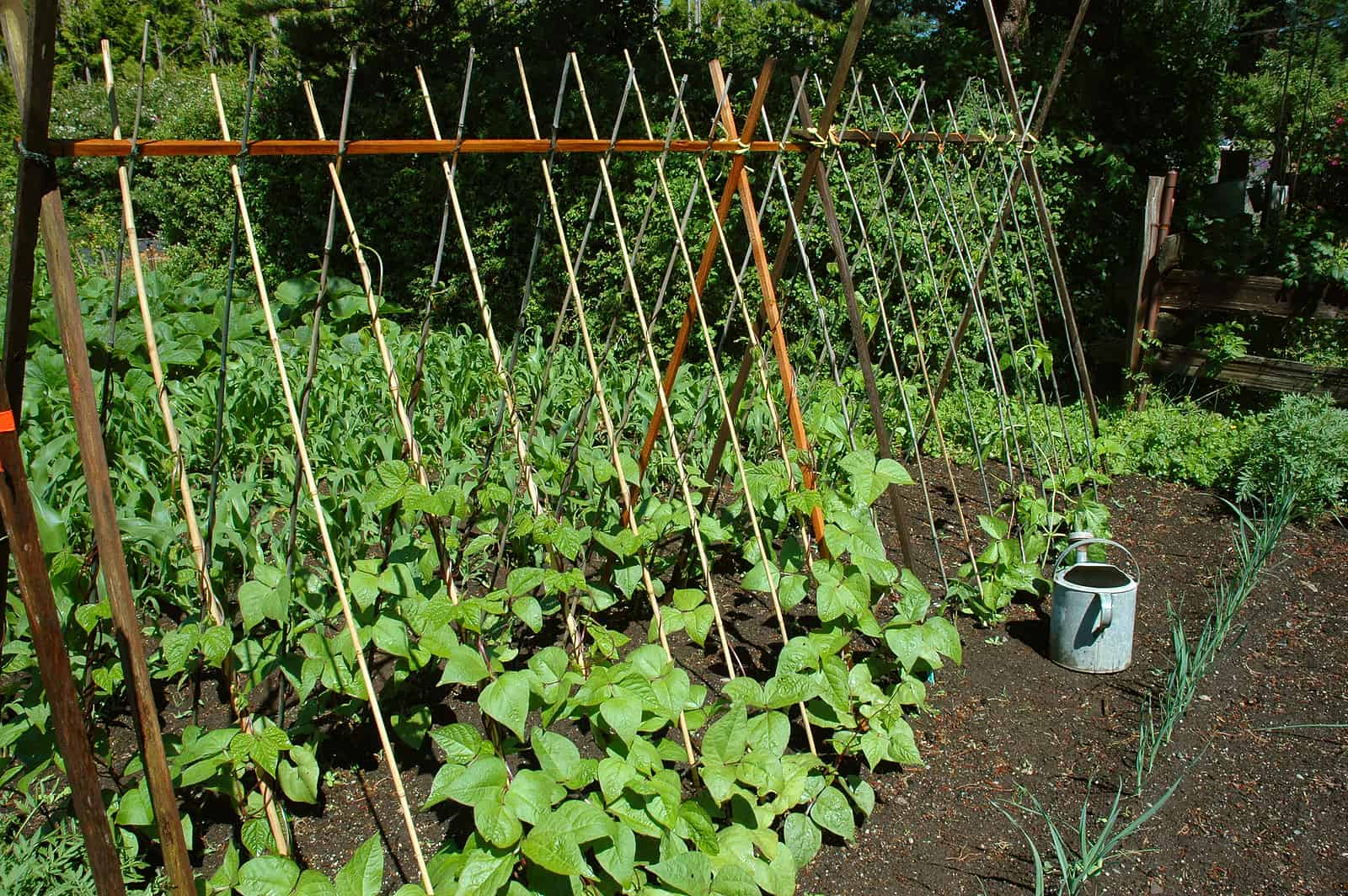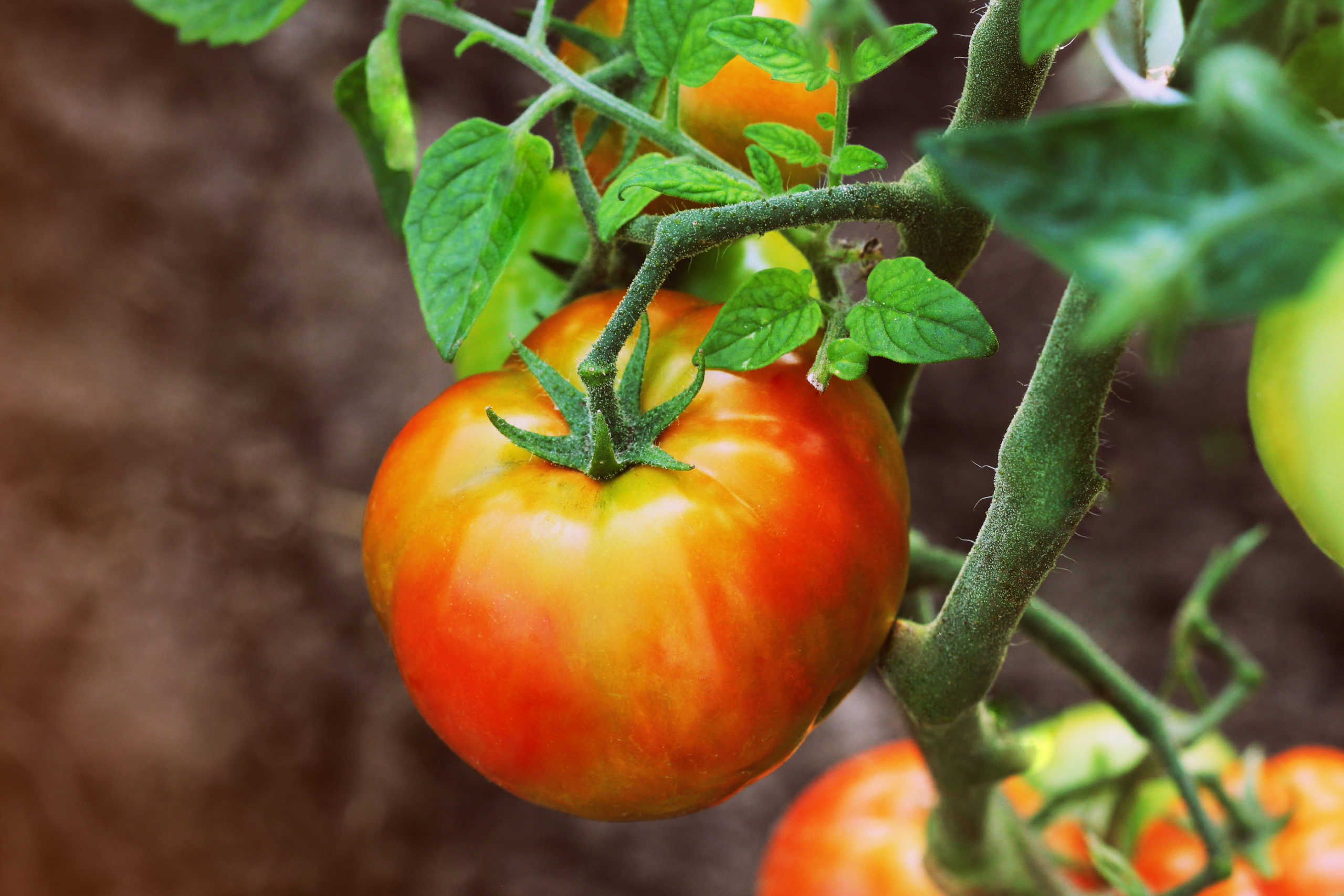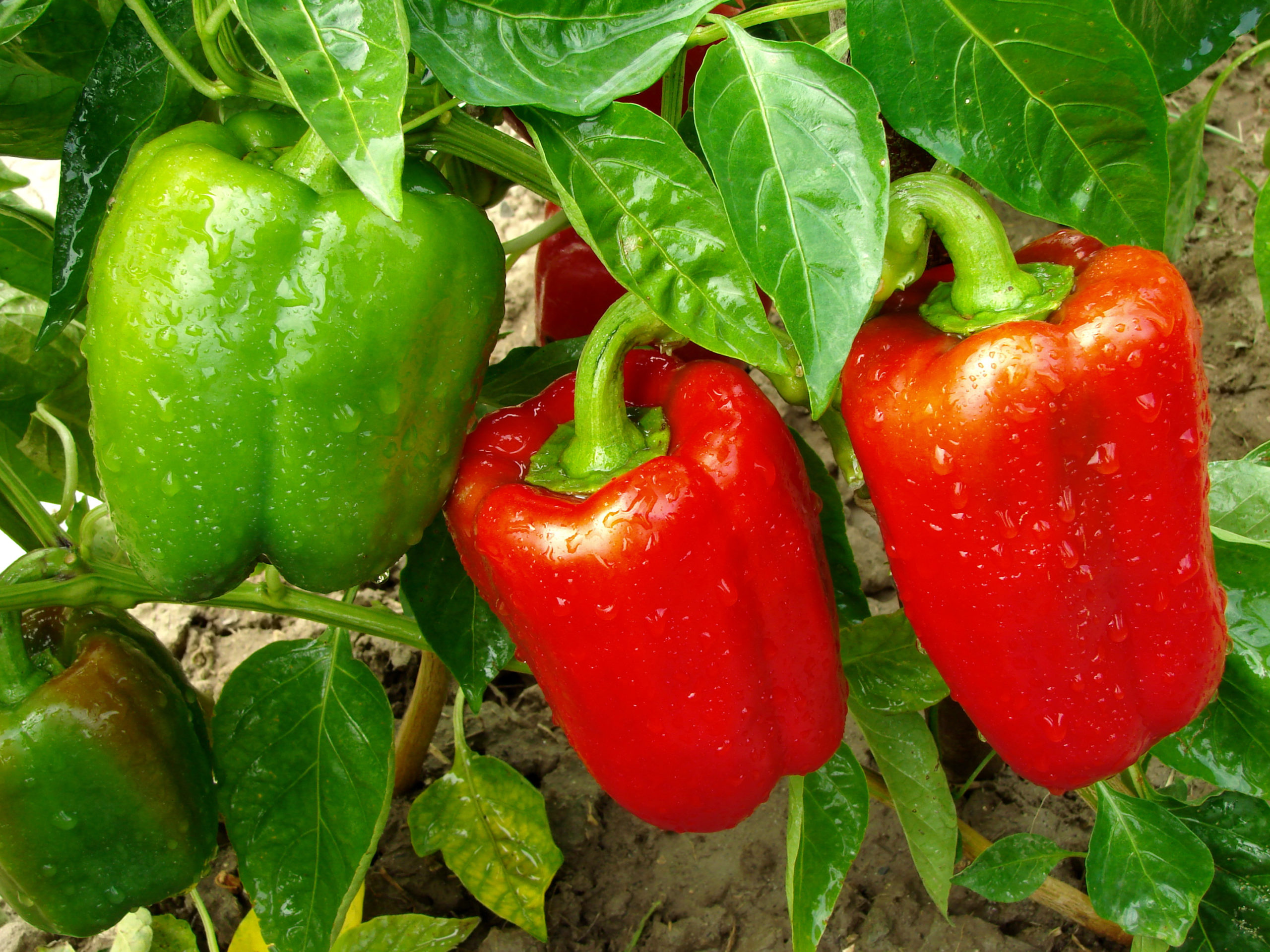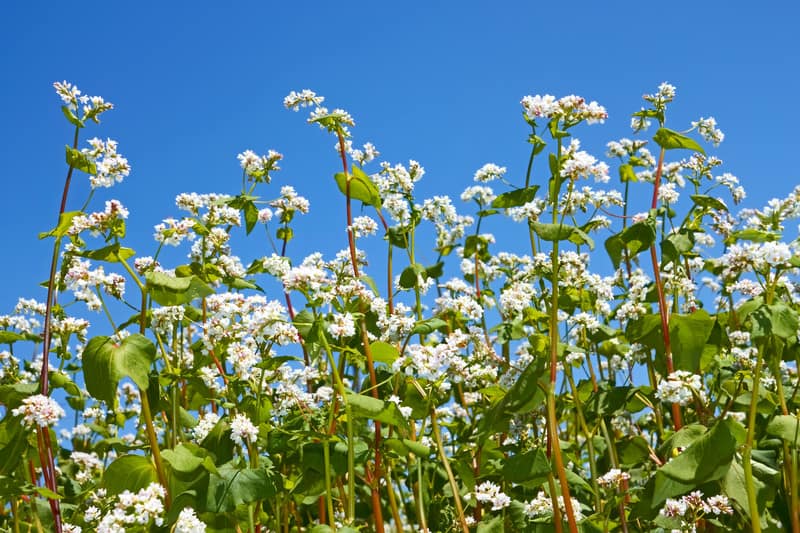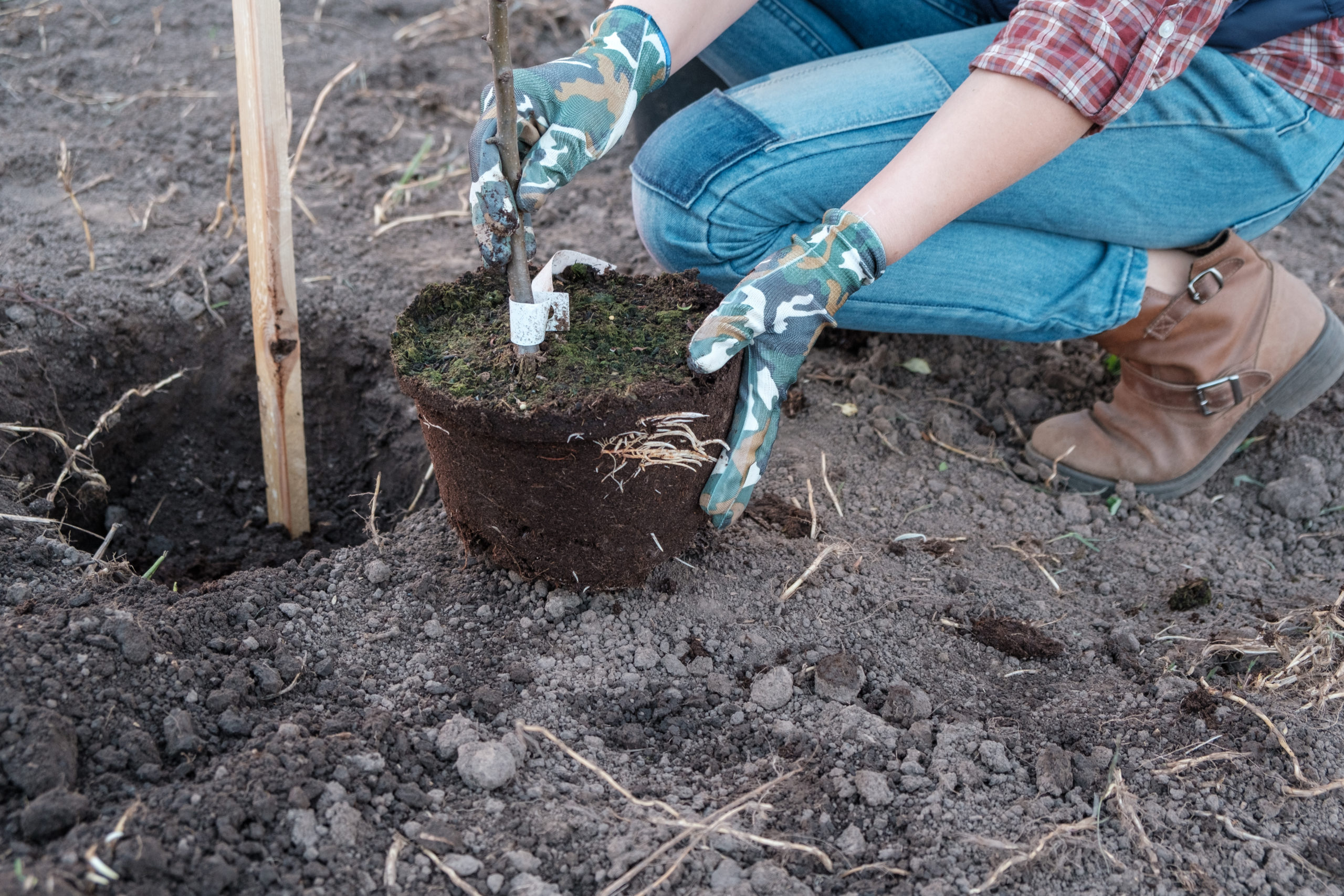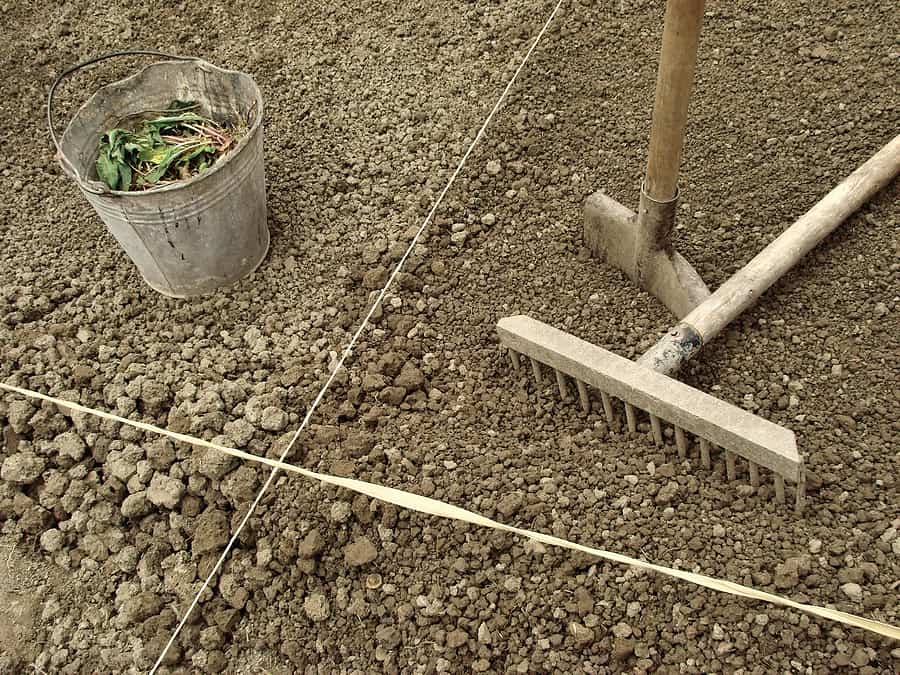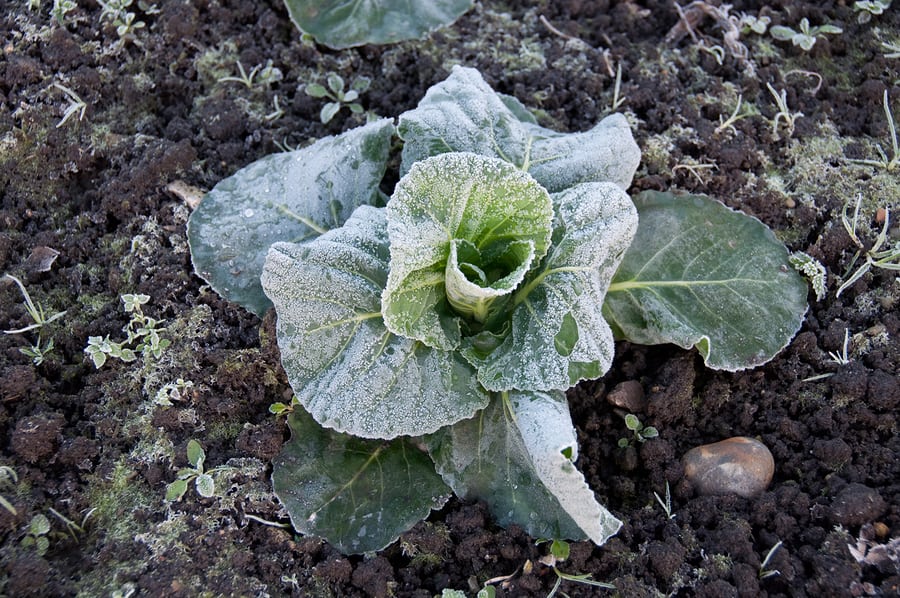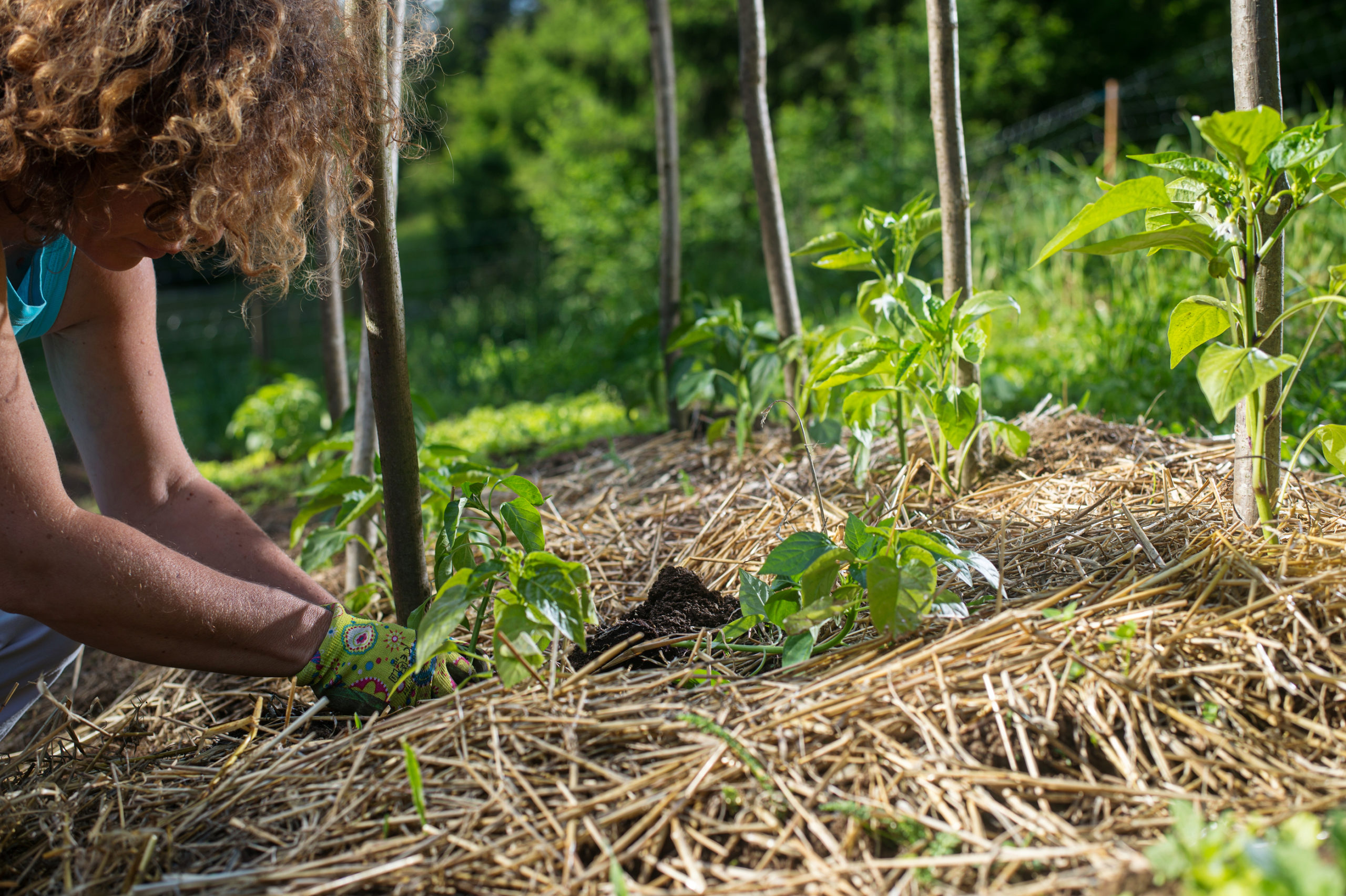Gardening Tips
Latest stories
More stories
-
Spring Outdoor Seed-Sowing Schedule
Vegetable seeds can be sown outdoors directly in the garden as soon as the soil is workable in spring. Here’s a test for workable soil: squeeze a handful of soil in the palm of your hand; when you open your hand if the soil remains a cold, wet clump, it is not workable. You should […] More
-
Starting Vegetables Indoors: 15 Varieties for Success
Starting vegetable seeds indoors will give you a head start on the growing season–extend your growing season–and make your garden more productive. Starting seeds indoors eliminates one of the biggest unpredictables of vegetable gardening–poor outdoor germination conditions. Light, temperature, water, nutrients, and spacing are planned and regulated indoors; seeds find it much easier to grow […] More
-
How Vegetables Are Pollinated
Vegetables are pollinated in two ways: self-pollination and cross-pollination. Self-pollinators are plants that produce flowers that are usually fertilized by their own pollen, commonly when the male and female flower parts are contained within the same flower. Cross pollinators are plants with flowers that require pollen from another flower (a male flower on the same […] More
-
in Gardening Tips, Plant, Tips
Small Vegetable Garden Space Savers
Space must be conserved in every possible way in a small vegetable garden. Here are five tips for getting the most out of a small garden: Vertical growing Garden vertically as much as you can. Use the up-and-down space in your garden and conserve your ground space. Use a single square foot of your garden […] More
-
How to Ripen Tomatoes
Standard-sized tomatoes take 20 to 30 days from blossom set to reach full size–commonly called “mature green”; they take another 20 to 30 days to ripen, that is begin to change color. A tomato can be picked when it begins to change color–from green to red, pink, yellow, or orange depending upon the cultivar. The […] More
-
Summer Vegetable Harvest Tips
Pick summer vegetables when they are young and tender—bigger is not tastier. Check crops daily. Whenever possible eat summer vegetables the day you pick them. Vegetables ready for picking commonly have a shiny, healthy look. Pick most vegetables when they reach usable size. Don’t delay the harvest simply to grow bigger crops — flavor will […] More
-
in Gardening Tips, Soil
Cover Crops and Green Manure for the Vegetable Garden
Cover crop, green manure crop, and catch crop are three interchangeable terms to describe crops that feed, build, and protect the soil and attract and feed beneficial insects and soil microorganisms. Cover crops are planted to cover planting beds and enrich the soil. When a cover crop is turned under to decay and to feed […] More
-
in Fruits, Gardening Tips
Bare-Root Fruit Trees and Vines: From Planting to Harvest
Bare root trees and vines are field grown, then dug during the winter when they are dormant. They are stored and shipped with all the soil removed from the roots–bare root. Bare root trees and vines are usually less expensive than those sold in containers. Young trees and vines without soil weigh less and are […] More
-
How to Start a Vegetable Garden
Starting a vegetable garden can be fun and an inexpensive way to bring healthy food to your kitchen table. But it can be overwhelming if you don’t know where to start. The secret to getting started with vegetable gardening is to take a little time to make a plan. Take a look at your yard […] More
-
Vegetable Garden Planning
Experienced gardener or new gardener your gardening success will be greatly helped by planning the garden before you begin the growing season. The purpose of a garden plan is to make your work less and your returns more. A garden plan and a couple of supporting lists can guide you through this growing season and […] More
-
How to Grow a Winter Vegetable Garden
Many vegetables can be grown in winter and harvested in winter or early spring. Some vegetables take most of a year to mature; they are planted in spring and harvested in winter. Other vegetables can be sown in midsummer or early autumn for autumn and winter harvest. Vegetables for winter harvest include leeks, salad leaves, […] More
-
in Gardening Tips, Soil
Vegetable Garden Mulching
Mulching can benefit your vegetable garden. Mulch is any material laid on the surface of the soil. Mulch protects the soil surface and allows air and water through. It can be organic, such as compost, shredded leaves, or lawn clipping, or inorganic or synthetic, such as coarse sand, gravel, or plastic. Mulch reduces evaporation from […] More

